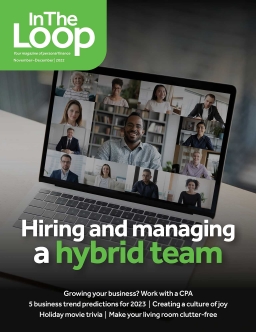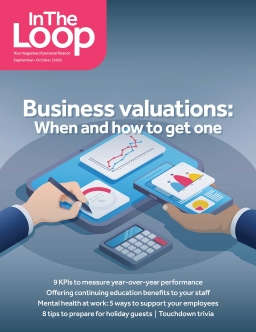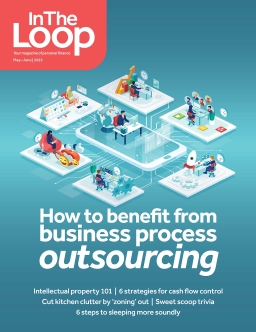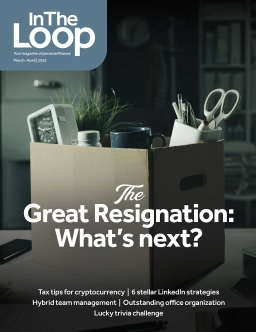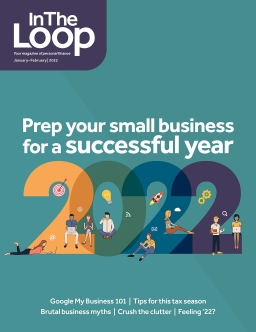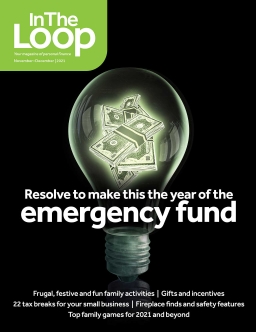Strategic Cash Flow Management in Your Dental Practice

At the beginning of every year at your practice, you generally have an idea about the range of collections you expect to receive. You also have an idea, with a little less certainty, as to what your overhead will be. Additionally, every year generally has certain unexpected costs in the thousands of dollars, maybe up to $25,000. We call those contingency costs.
You may also continue to acquire additional assets that are longer-term, such as handpieces, sensors, and computers. You may either put them on a credit card and pay them off as you go or pay cash for each cost.
Yet, no matter how much money you collect during the year, you typically find that cash flow is tight in an otherwise good year of collections. This often happens to practices when their cash management strategy is not mapped out during the year.
Many times, expenses for the practice will last longer than one year. These expenses accumulate on credit cards, with the thinking that you can easily pay them off. However, at the end of the year, you could find out that the number turned out to be $10,000, $15,000, $25,000, $50,000, or in some cases, over $100,000, particularly if there are some improvements beginning or equipment being installed.
If you are debt averse and try to get it paid off, you may realize you're trying to find a significant amount of money. You are losing out on keeping available cash freely and less stressfully at the office. You are not putting cash into other places that can earn you more money, such as your retirement plan and other assets that need to grow to write checks back to you when you retire.
It takes many years for those assets you put into the practice to have a return on investment. It would be best if you were strategic on how much to pay upfront and to take out a loan on your capital equipment or any assets or contingency costs over the year. Paying cash immediately or not referencing how much you still need to save during the year to hit your personal goals will make a difference over time as you do this every year.
Make sure you always look at the small equipment on your profit and loss statement, where many of those amounts are usually accumulated. We expect those to have a few thousand dollars in them every year. When you're not taking advantage of other resources, such as a business line of credit or even a loan, you’re not managing your cash flow efficiently over time.
Even with today's interest rates, you're still getting a write-off of the interest and, in many cases, good deals. Often your supplier will offer you free financing. All you must do is psychologically put your money into the buckets that you need first for yourself and finance the equipment, knowing that your investment is going to take a while to return but will.
These are rapid decisions & are usually made after the fact. If you're constantly struggling with tight cash flow in your practice and not getting out of it, this is probably why. While we understand that most people are debt averse, but there is a huge opportunity cost to pay if you are paying off debt or paying for everything in cash that far exceeds even the highest APR.
If this scenario sounds familiar to you, contact us today & we will help you proactively plan your cash flow management strategy.
Back to issue



